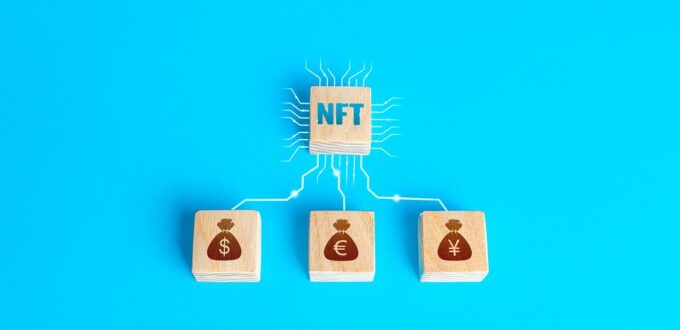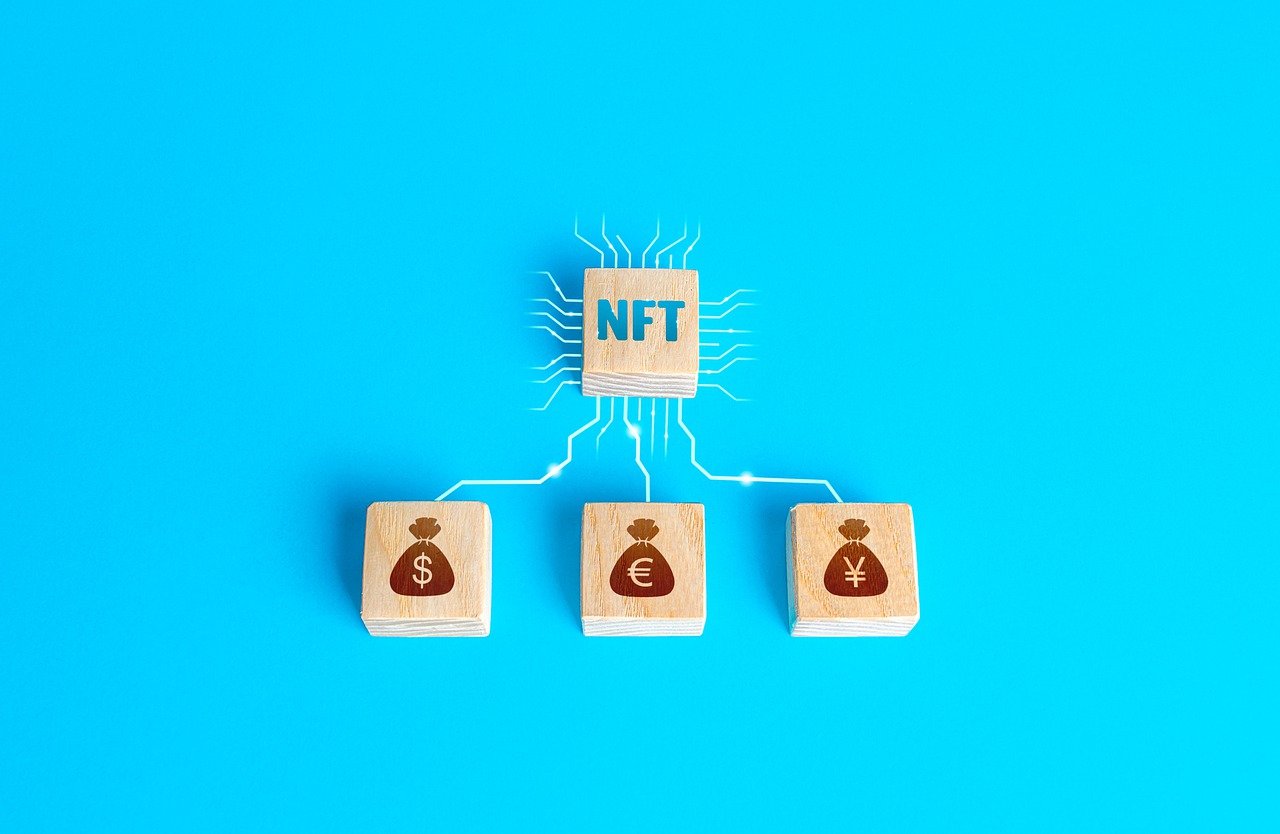India joins global craze for NFTs
Race for virtual collectibles heats up
In the past four years since they first came into existence, NFTs have carved up a niche that has been growing rapidly as an increasing number of people are willing to pay for virtual collectibles. Though India was slow off the mark, the concept is increasingly popular here, too.
While the global attention seems to be focused on the craze for cryptocurrencies which are again back at new highs, another player is making a quieter but significant surge, riding on the back of one of cryptocurrencies.
Meet NFT or Non-Fungible Token. Introduced in 2017, NFT is one of a kind digital asset, which is part of the Ethereum blockchain, and can be traded using Ether cryptocurrency. Simply put, NFTs are modern day collectibles like digital prints, short clips, videos, music, memes, pixelated punks, emojis and many more digital creations. Surprisingly, the same creation that can sometimes fetch a king’s ransom can be downloaded in the exact same quality by anyone on the internet for free.
Unlike the cryptocurrencies, which are fungible or can be split, NFT’s cannot be interchanged and are irreplaceable. Also, unlike any other traditional collectible, NFTs enable the creator to be paid some amount each time the collectible changes hands.
Virtual collectible, real boom
Over the past four years, the concept of NFT has increasingly become popular and its sales have been shooting through the roof. According to OpenSea, an online marketplace, monthly sales of NFTs skyrocketed from USD 8 million in January 2021 to USD 95.2 million the very next month, February. The pace has since only accelerated. From the second quarter of the year 2021 to the third, ending September 30, NFT sales have grown eight times to USD 10.7 billion, says cryptocurrency market tracker, DappRadar.
But not every cryptocurrency trader is convinced by NFTs or their value. “Accurate copies of Monalisa can be painted and sold. But would they become a real Leonardo Da Vinci painting,” asks Raghav Das, a 28-year-old cryptocurrency enthusiast in New Delhi who invests in Bitcoin and Ethereum.
But there many others in India and overseas who have joined the race for NFTs and some creators have made a successful career out of these collectibles. American digital artist, Mike Winkelmann famously called Beeple, for instance has made a fortune out of these.
According to American technology ‘The Verge’ , until October 2020, Winkelmann had struggled to sell his creations for USD 100 apiece. However, in March 2021, he smashed NFT records and sold a collage, Everydays – The First 5000 Days for a mouth-watering USD 69 million, putting him at par with some of the best known renaissance-period artists.
But it is not just relatively unknown digital creators like Beeple who have earned a decent sum for their creations. Some of the most famous people have also commanded a high price. CEO of Twitter and Square, Jack Dorsey ventured into the NFT arena and sold his first tweet as an NFT for over USD 2.9 million.
Grimes, a Canadian musician and former partner of business magnate Elon Musk has reportedly made a fortune by selling her music and digital art as NFTs.
NFT picks pace in India
Many Indian celebrities have begun to get interested in NFTs. Bollywood superstar, Amitabh Bachchan joined the NFT gold rush earlier last month. The actor has scheduled an auction of his unique and limited artworks around his own persona and film career in early November.
“Amitabh Bachchan’s NFT auction will be a major event to witness because it will act as a curtain raiser to understanding if Indians are willing to open their wallets for a digital creation by their favourite star’s collection,” says Monica Makhija, a market analyst working in Gurgaon.
Earlier in July, an Indian TV anchor Vishal Malhotra released an NFT which sold for about 2.5 Ethers, approximately USD 5,500.
“Being a public personality helps in selling any collectible, however, the demand and appeal also matter,” says Kyle Fernandes, founder and CEO of Memechat, a popular meme-based social media networking app used by Generation Z and millennials in India.
“Memes fit perfectly into the NFT ecosystem and can surely be leveraged the way any other art is,” Fernandes tells Media India Group. Calling NFTs convenient and profitable, he says, “A large number of famous memes, photos, and videos have been sold at lucrative prices by users during NFT auctions. For instance, Zoë Roth, from the well-known ‘disaster girl’ meme, sold its original copy as an NFT worth about USD 500,000.”
NFTs are also catching up in neighbouring Pakistan where one of the most viral memes, ‘Friendship ended with Mudasir’, sold for USD 51,530.
“It is as clear as daylight that people are getting interested in NFTs in India. It is something new for the Indian market and for creators, it is a novel way to sell,” says Samar Khan, an illustrator who runs the popular page Metrodoodle on Instagram.
Speaking to Media India Group, Khan says, “While most of the creators making money through NFTs are foreigners, Indian creators are also cultivating interest in the area. It is the hesitancy to step into the crypto world that is becoming a major roadblock.”
But he says that the creators are overcoming their hesitation. “We are all gearing up to the idea and everybody wants to get into the world of NFTs, if not today then really soon.”
While many cyber enthusiasts believe that the NFT trend is only going to soar higher in the near future, others hurl brickbats at NFTs for their obvious lack of utility and for being an absolute environmental burden.
A single Ethereum transaction’s carbon footprint stands at 33.4kg CO2, which is as much as 74,000 VISA transactions, according to Digiconomist, a platform dedicated to exposing the unintended consequences of digital trends, typically from an economic perspective. Additionally, each time an NFT is minted and sold results in further increasing of the overall carbon footprint.
“I do not believe that art should be heavily detrimental to environment and have such a high carbon footprint as the NFTs. It is becoming extremely pertinent for individuals to put aside their personal choices and think for the whole planet,” says Saumya Raj, a masters student in Ecology.




No Comments Yet